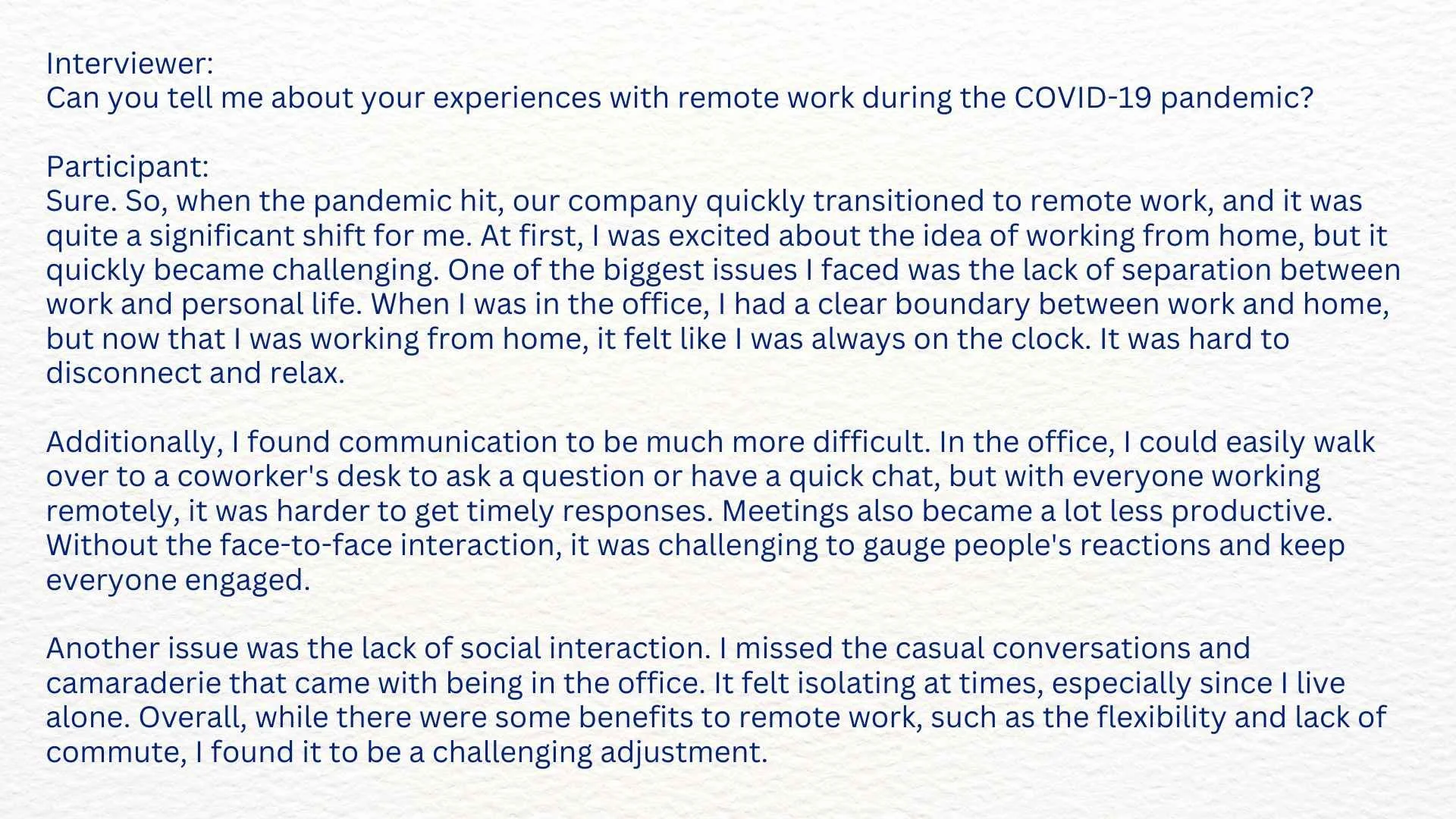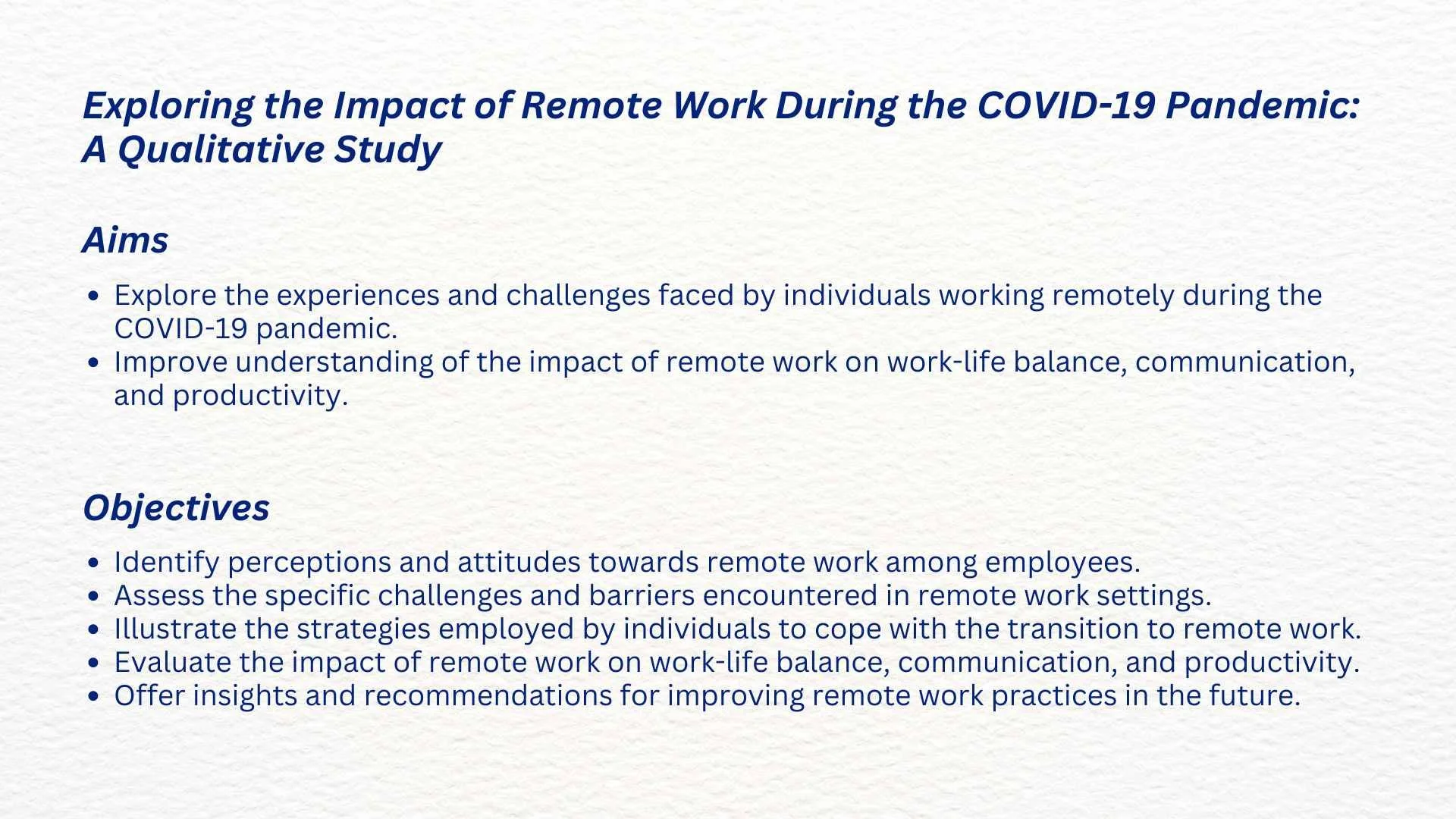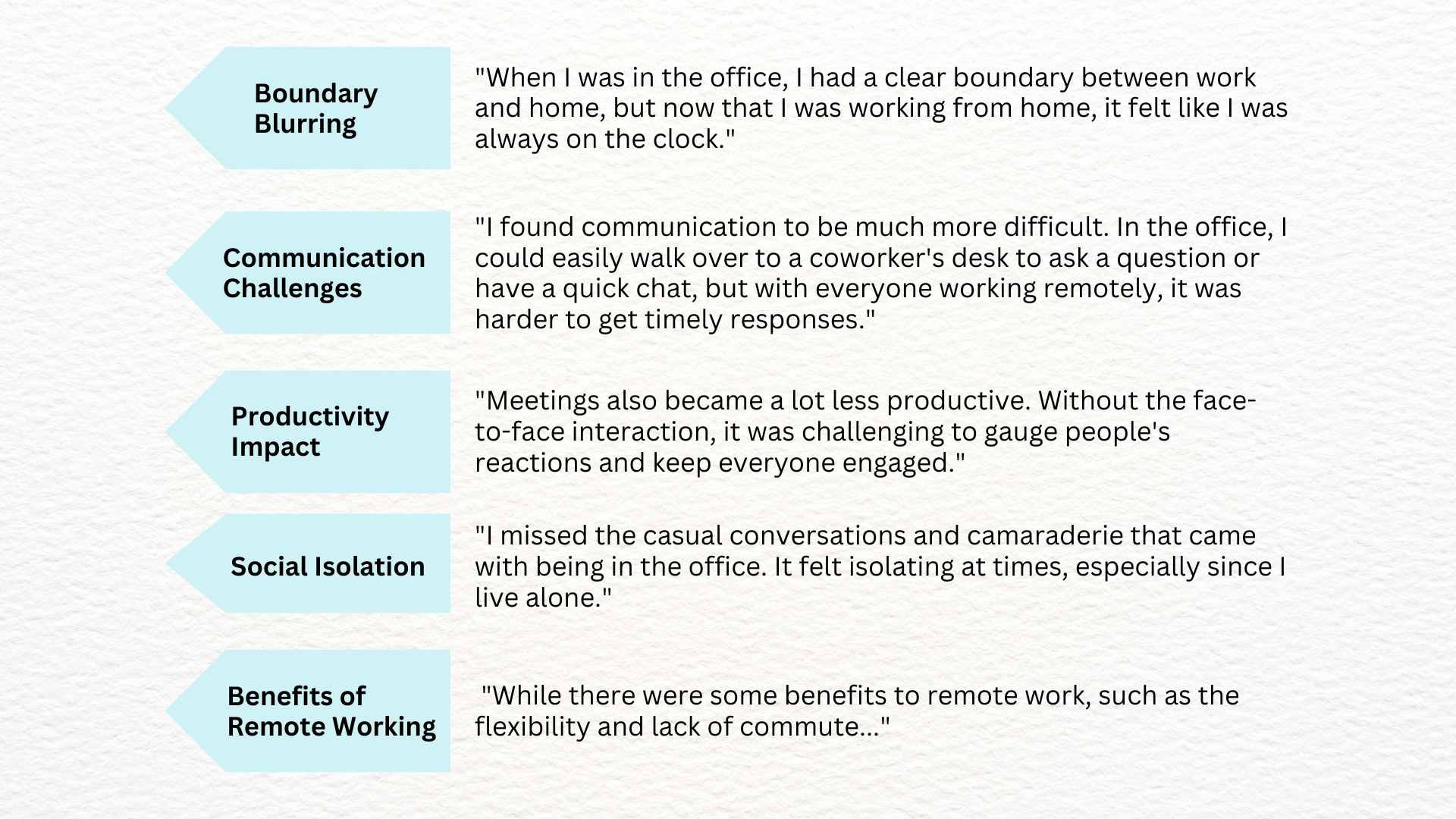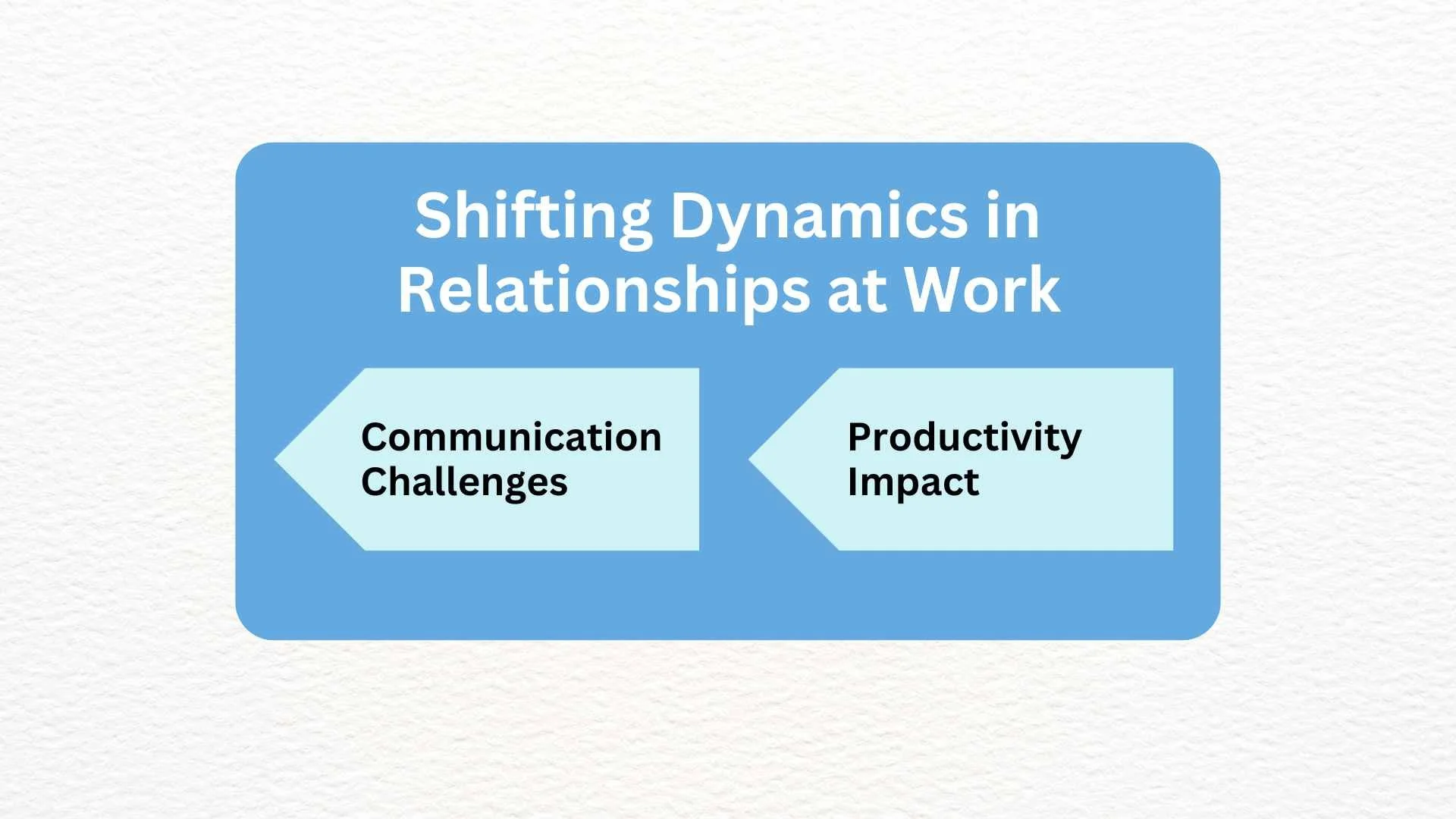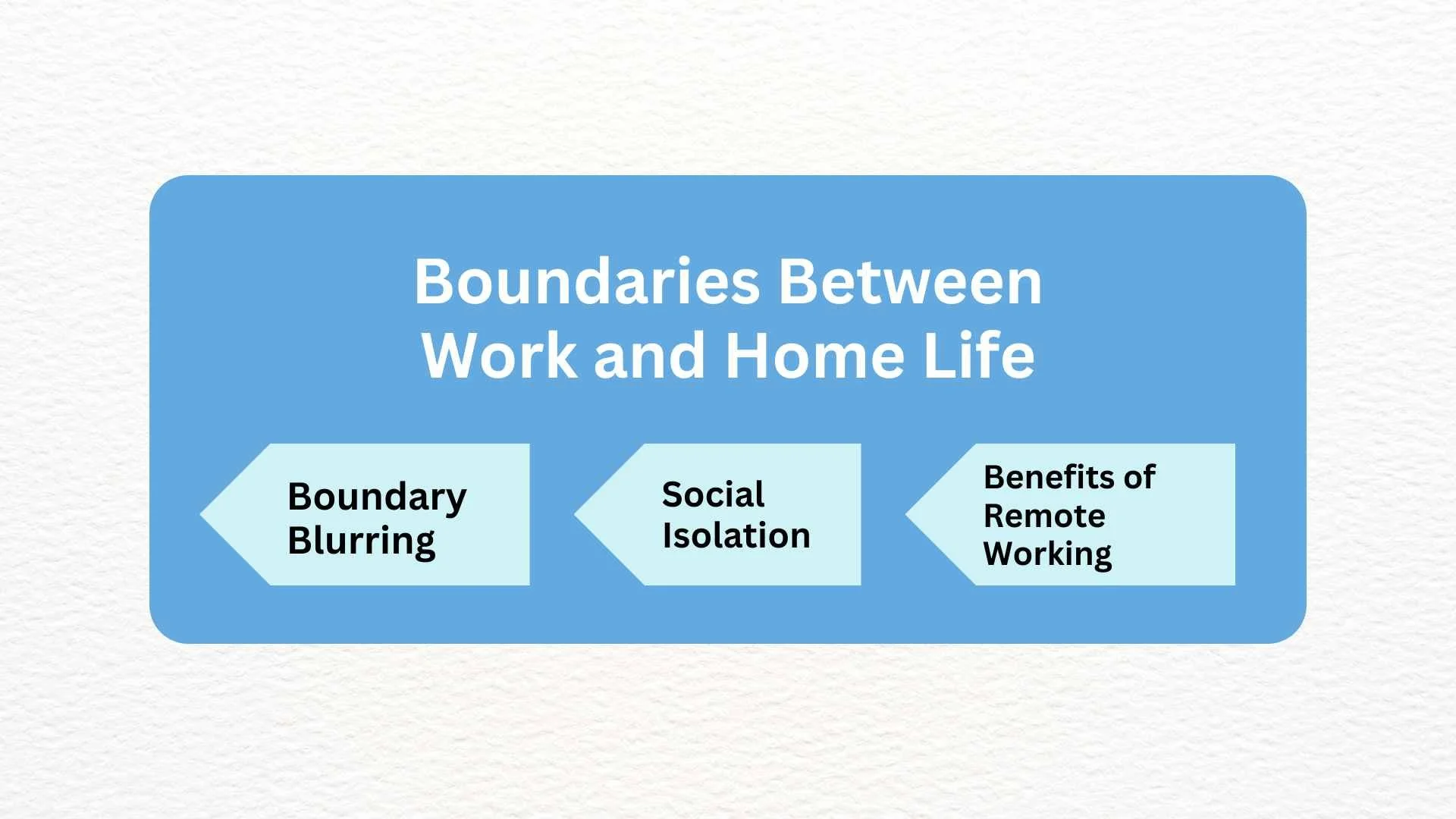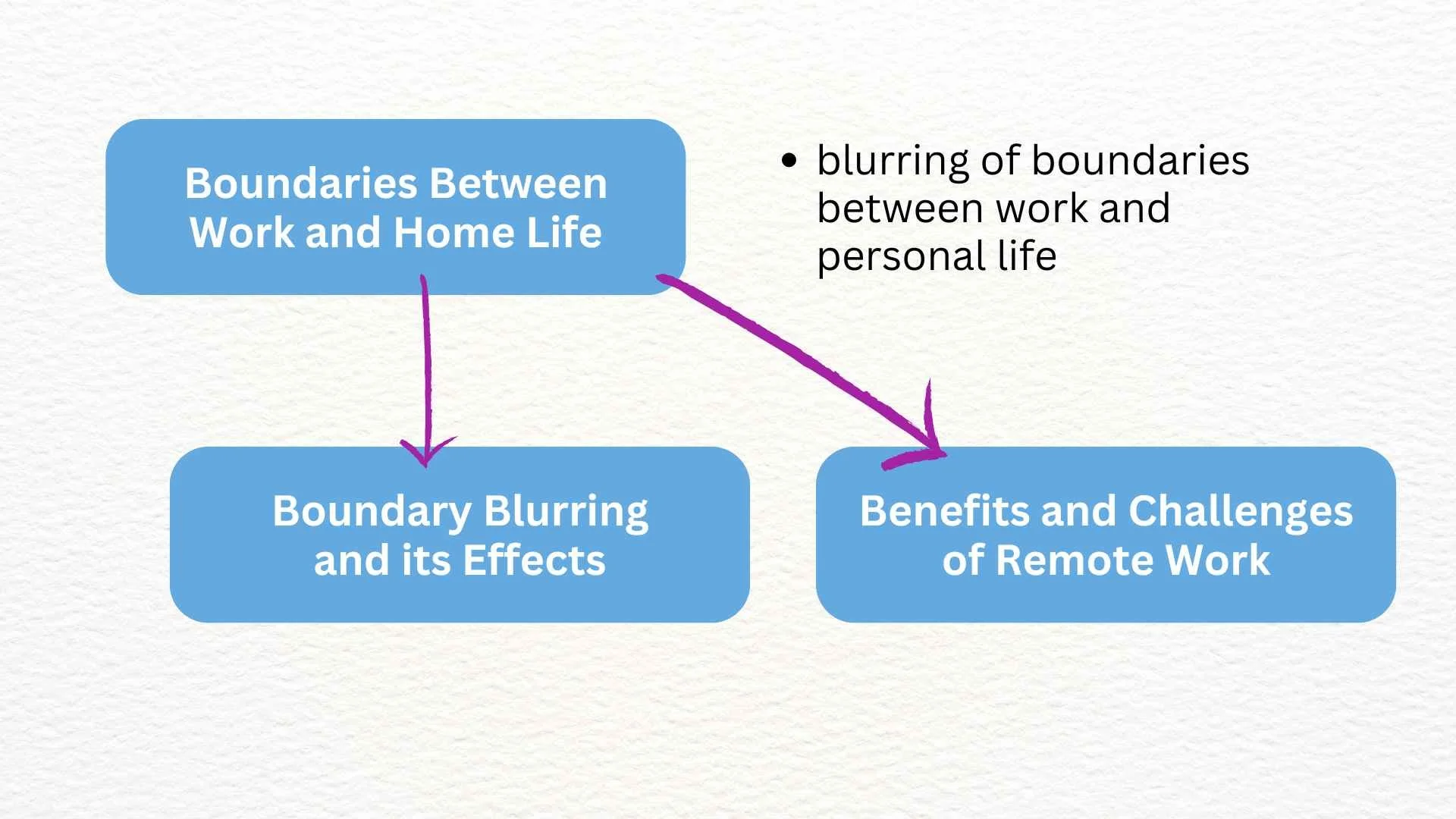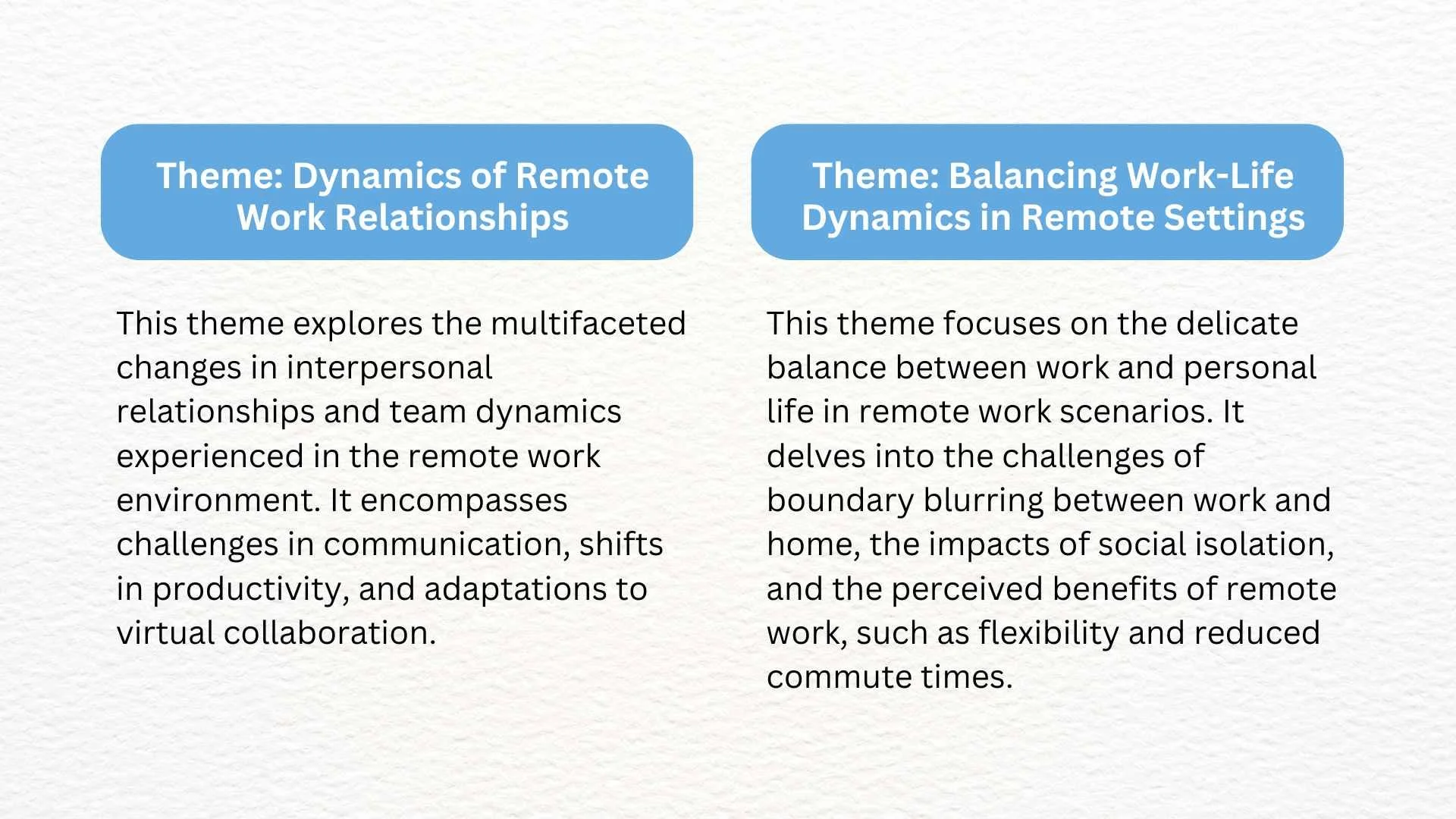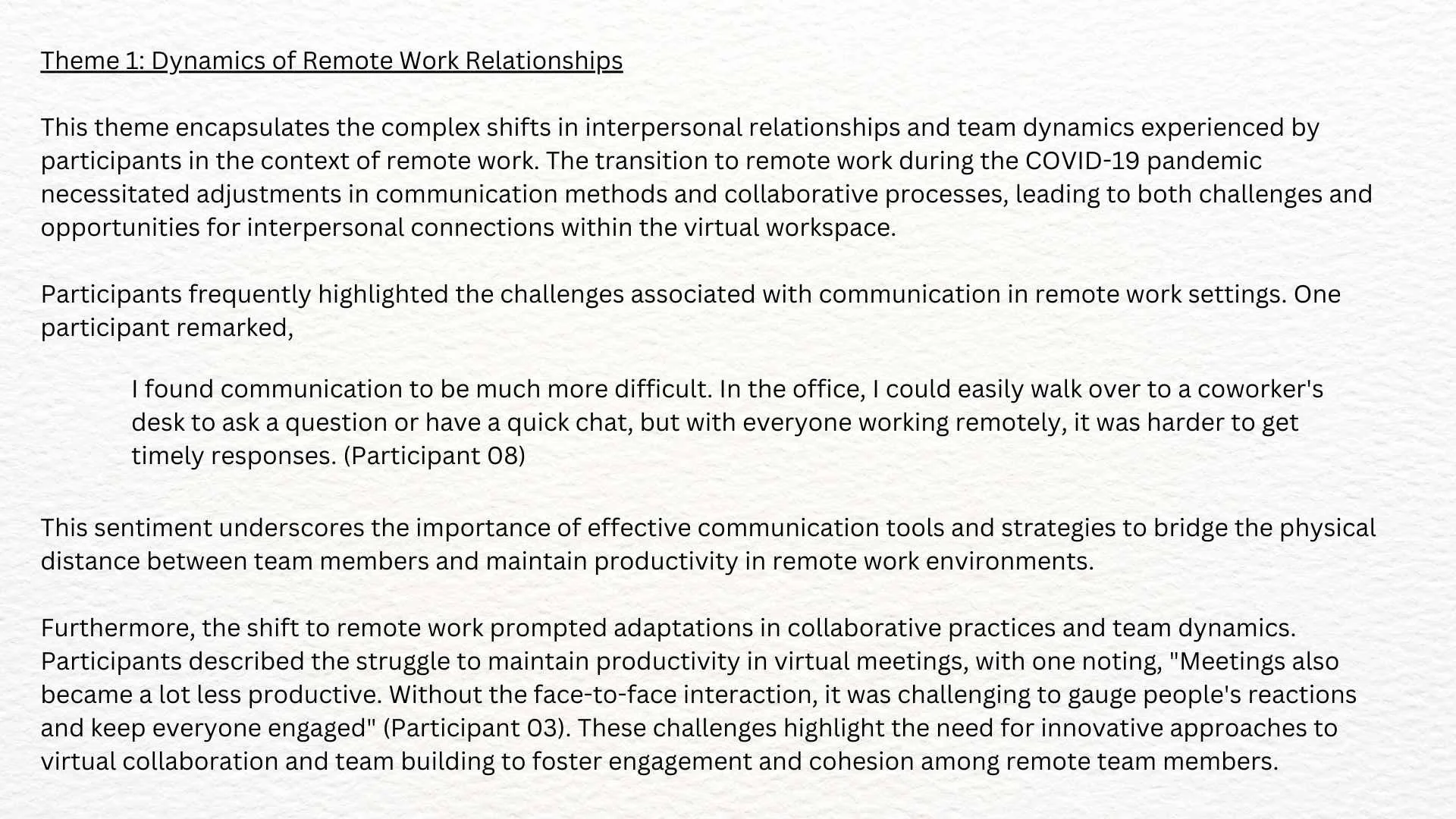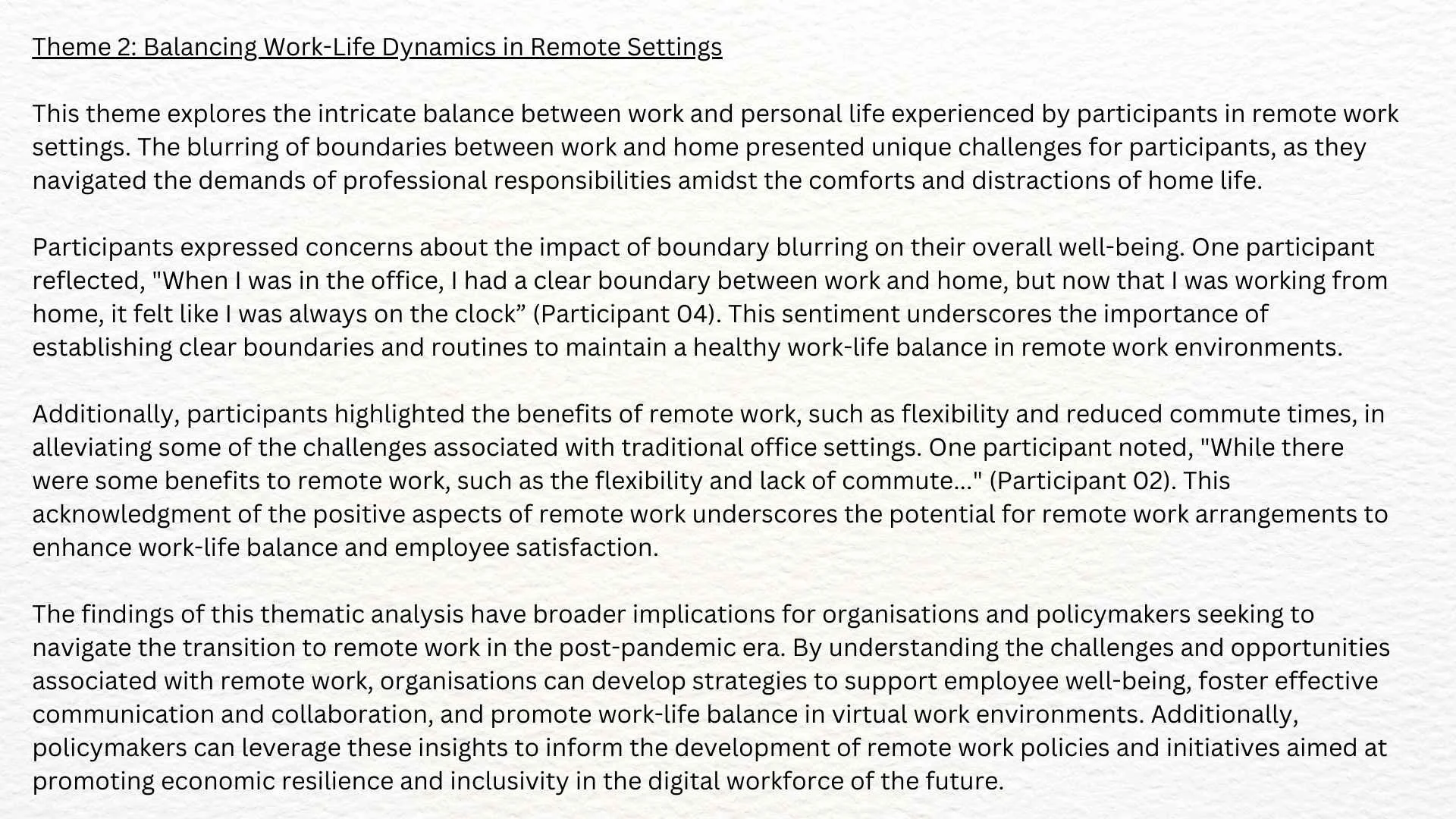Braun and Clarke Thematic Analysis - How to do the six-step process in your qualitative research project
Braun and Clark's six-stage thematic analysis: How might you use this in your qualitative research project? Keep reading because I'm going to walk you through that using some examples.
This blogpost is the first one in a two-part series I'm doing about Braun and Clark's thematic analysis.
This one is the nuts and bolts, the how-to.
In the next one, I'm going to be covering some FAQs, so make sure you come back for that.
Before we begin, I have a free Braun and Clarke Starter Guide that tackles some of the most common questions about this approach - click here to get yours!
About thematic analysis - and me!
If we've not met before, hi, I'm Dr. Elizabeth Yardley, and I've spent the last 20 years supporting social science graduate students through their dissertations. Qualitative research is my jam, and thematic analysis is one of the most common analytical methods people use when they've got qualitative data.
Braun and Clarke's thematic analysis is essentially a process for identifying patterns or themes within qualitative data.
It involves taking thousands or multiple thousands of words of qualitative data - that might be from interview or focus group transcripts, online forums, open-ended responses to a survey question - and making sense of that through a framework of themes that you develop.
Braun and Clarke are the OGs when it comes to thematic analysis. Let's see how their six-stage process works, and I have an example from a completely made-up piece of research to walk you through it. It's an extract from a fictional interview transcript from a project looking at people's experiences of remote working during the COVID-19 pandemic. I've deliberately kept this extract very short and very compact for illustrative purposes, so you can see how thematic analysis would work. Below, I have also included the research title, aims and objectives, and research questions.
Let's take a look at the six-stage process we'll be following.
Familiarising yourself with the data.
Generating initial codes.
Generating initial themes.
Reviewing themes.
Defining and naming the themes.
Writing up.
(1) Familiarising yourself with the data
This step involves immersing yourself in that data, whether it’s an interview transcript, survey responses, whatever. The goal here is to get super familiar with the content.
How do you do that? You read and then you summarise.
Read
Firstly, read through it without taking any notes. I know that this is quite difficult for some people. I am one of those people! I've got this urge that whenever I've read a few lines or a paragraph, I want to write something down about it or I want to highlight something.
Resist the urge to do that. The aim at this stage is just to absorb it, take it in. Don't write any notes on it. Don't start highlighting or underlining or assigning any meaning to anything because there's plenty of time for that later. You just want to get to know it, have a look around it.
It's kind of like when you're looking at a new place to live. You don't go and look at a house or look at an apartment and on the first viewing, you go and you sit yourself down on the sofa and order a Deliveroo. You don't go and lock yourself in the bathroom and take a shower because that would be weird!
You wander around it, you familiarise yourself with it, you get a feel for the layout. And that's what you need to do here. You need to get a feel for the data.
Summarise
Grab a pen and a piece of paper and read through the interview transcript, the focus group transcript, whatever it is you're dealing with. Write a couple of sentences for every page of text that you've got, just summarising what's there.
This way, you're interacting with that text, you're getting into it, you're picking things up and examining them rather than just passively reading it. At the moment, all you're doing is summarising. You're just giving a high-level overview of what's there. But - you're not yet coding. That comes next.
(2) Coding
Coding the data, what exactly does that mean?
What you're doing here is identifying specific pieces of content relevant to your research topic. You're breaking the data down into smaller, more meaningful pieces. This means looking really closely at it and essentially sticking labels on particular pieces of the content. Those labels are codes.
Each code, each label, represents a different aspect of your data, and it's helpful to you in terms of organising and categorising that information.
Let's take a look at an example below. Here we can see five codes and the piece of content that we've attached those codes to. Codes capture the essence of the content, and they help you get ready to generate themes, which is what we're doing in the next step.
Psst! Got my free Braun and Clarke starter guide yet?!
Click here to get yours!
(3) Generating initial themes
Stage three is about generating initial themes. We've coded the data, we've got those nice labels attached to the data. Now it's time to get to the next level: themes.
Here, you generate initial themes, and I'm using the word "generate" rather than "discover" or "find" or "uncover" because you are the one creating these themes.
Themes aren't things that are hidden within your data that you have to go digging and mining for. Themes aren't lying there undiscovered, waiting for you to dig them up. They're not emerging. You are generating them.
Also, Braun and Clarke's process is a reflexive one, which means you're always consciously aware of your own biases, your own positioning, what you're bringing to the party. You approach the data with certain assumptions, certain preconceptions, and that impacts on how you generate themes.
So, when you do generate themes, you need to narrate it. Think about the assumptions driving your interpretation. Why have you interpreted it in that way? Think about how that relates to various contexts: theoretical, social, cultural, political. Develop and construct your own arguments around these themes and why you've generated them.
What themes are - and aren’t
We also need to spend a little bit of time getting super clear on what themes are and what they're not.
A theme in thematic analysis is a central organising concept.
It's a center, it's a core around which other things evolve. It's kind of like the sun in the solar system - that's the analogy Braun and Clarke have used. Just as the planets orbit the sun, a theme might encompass multiple facets or sub-themes. But ultimately, they all come back to a central point or a central idea.
This differs significantly from a topic summary. A theme is not a topic summary because themes capture the deeper essence of the data. They convey a more comprehensive understanding of the topic. I think we need another example!
Think of themes like the main characters in a movie. Just as the main characters drive the plot and bring the story to life, themes are the key ideas that drive our understanding of the data. Each theme is like a main character with its own unique role to play. Just as a film might have multiple main characters who interact and shape the plot of the story together, a data set can have multiple themes that work together to create a complete picture.
These themes are like the main characters who guide us through the twists and the turns of the plot, helping us to see that bigger picture and understand what the story is really about. Just as you wouldn't fully understand a movie without all of the main characters, you wouldn't fully grasp the meaning of the data without all the themes. They are like the stars of the show, guiding us through the story and helping us make sense of it all.
Generating these themes means moving beyond the individual codes. And unlike coding, which focuses on the micro, the fragments, the small picture, generating themes involves zooming out and is about the bigger picture.
At this stage, we're searching for overarching themes, and we do that by looking for similarities, connections, and patterns. For example, the codes "communication challenges" and "productivity impact" might be part of a broader theme called "shifting dynamics in relationships at work." The codes "boundary blurring," "social isolation," and "benefits of remote work" might be part of a broader theme called "boundaries between work and home life." This stage is all about synthesising that coded data. It's about generating deeper meanings and insights that go way beyond the surface.
The difference between coding and generating themes
A lot of people get stuck on the difference between stage two and stage three, coding and generating themes, so let's spend a little bit of time on that now.
In stage two, coding, researchers are breaking down the data into smaller meaningful segments or codes, and the emphasis here is on identifying specific pieces of content within the data and assigning labels to that content. The purpose of this stage is to organise the data and lay the foundations for later analysis.
In stage three, generating initial themes, researchers are shifting their focus from the individual codes to the broader patterns or themes. We are zooming out here, and the goal is to identify overarching themes that we can generate from the coded data. We do that by looking for similarities, connections, and patterns between the codes. This stage involves synthesising that coded data to uncover the deeper meanings, the insights that go way beyond the surface level of those individual codes.
So, while stage two is about breaking down the data, step three is about building up an understanding of the overarching themes.
(4) Reviewing themes
Now we're ready for stage four: reviewing themes. At this stage, you review and refine the themes. You consider how they relate to each other and the data set as a whole.
That might involve splitting one theme up into separate themes. It might involve merging some themes. It might involve discarding some altogether. It’s like quality control. You're ensuring that your themes are rock solid.
There are two elements to this: you're looking at what you've got within each theme, and then you're looking across the themes to see if they make sense holistically.
Let's take a look at some examples again.
Take the theme, "Shifting dynamics in relationships at work." A potential change we might make to that is to broaden that theme to encompass not only the challenges in communication and productivity but also the changes in interpersonal relationships and team dynamics that were experienced in that remote work environment. This adjustment would provide a more comprehensive view of how remote work has impacted those workplace relationships.
Now, let's take the theme "Boundaries between work and home life." While this theme is quite effective at capturing the blurring of boundaries between work and personal life, we might want to split it into two separate themes for clarity and focus. One of those themes might specifically address boundary blurring and its effects, while the other one could focus on the benefits and challenges of more remote work, including, for example, isolation as one of the challenges. That separation might allow for a more nuanced exploration of the participants' experiences of remote work beyond just the blurring of boundaries.
(5) Defining and naming themes
Stage five is about defining and naming the themes. This stage is actually a lot easier than many people think it is.
It's basically saying, "Here's what this theme is, here's what it's about."
Each theme needs to be clearly defined, clearly labeled, and come with a brief description that captures its essence.
Below, you can see two examples of this. The description doesn't need to be massively lengthy. It only really needs to be a sentence or two. Defining, naming and describing themes in this way is actually quite a good exercise to go through as researchers because we're confirming to ourselves again that this makes sense. Often, when we have to communicate something to other people - because this is essentially what we're doing here, we are naming, we are describing this stuff for an external audience - it makes us think again, “Does this make sense?”. Don't worry if at this stage you want to start making some more changes because that's perfectly fine. You can loop back to stage four, reviewing and refining the themes. That's absolutely okay.
(6) Writing up
Finally, stage six is all about writing up. Here you're providing a detailed description of each theme, giving some illustrative quotes from the data, and discussing the broader implications of the findings.
When you're writing up your thematic analysis, it's really important to be aware of any requirements that exist within your institution or your discipline. There might be some specific, quirky ways in which your discipline expects you to write this up, so you've got to make sure you're aware of them! Below is an example of a write-up, to give you a flavour of what it might look like, but as I said, be sure to check with your institution!
Need more help with thematic analysis?
Then check out my 43-page PDF guide!
It comes with six PDF planners!
Go from feeling overwhelmed and stuck with your thematic analysis, going around in circles, to confidently coding and thrashing out themes like a pro!
Click here to learn more!

